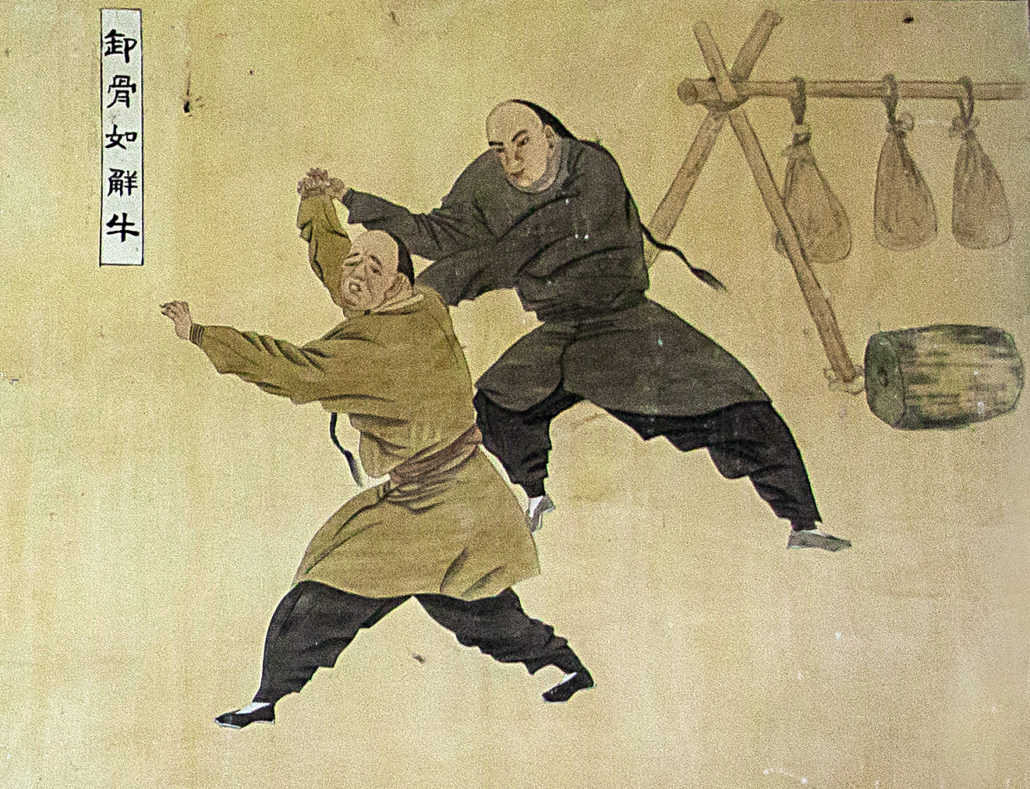The Theories of Chén Cháng Xìng 陳長興 Part 4

In Tàijíquán太極拳 the form is many movements joined together to make one continuous movement. If we watch someone practising Tàijíquán we can see there is no stopping. This is why in Chén Wáng Tíng’s 陳王廷 time the form was called Chǎng Quán 長拳 – Long Fist. Chǎng means long, so it does not mean the arm is long extended, the form and the movements are long. So the movements come one after another and keep going. Inside, there are slow parts and fast parts, some go up, some go down, some left and some right, some forwards, some backwards. All kinds of different movements
Quán means fist. Most Chinese martial arts use the Quán in their name, like Shàolín Quán 少林拳, Xíng Yì Quán 形意拳 and Wing Chun Kuen 詠春拳 (Kuen is Cantonese, but the Chinese 拳 is the same). Quán also means one big sequence of movements preformed without stopping. Tài 太 means one and also means big. Jí 極 means limited or end. Big can be expanding and limited means controlled. So together there are two kinds of energy, one Yīn 陰 and one Yáng 陽, this is the meaning of Tàijí, individually it is one thing, but it must have two kinds of energy.




Leave a Reply
Want to join the discussion?Feel free to contribute!